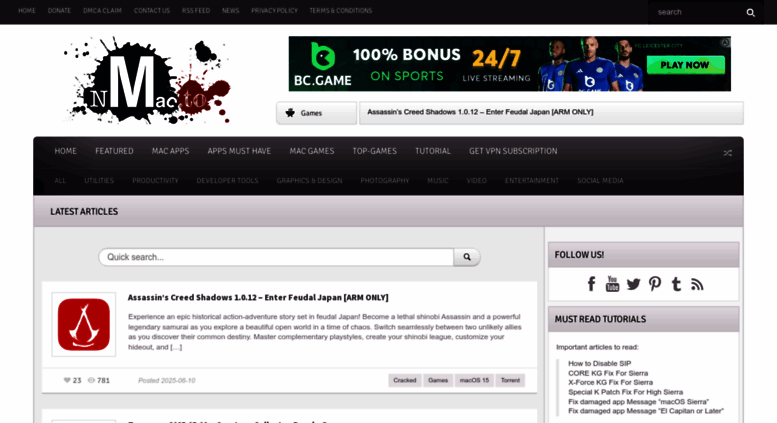Parallels Desktop for Mac is desktop virtualization software that allows Microsoft Windows, Linux and Google Chrome operating systems and applications to run on an Apple Mac computer. The software integrates the guest operating system (OS) into Mac OS X, allowing it to mimic native OS performance.


Parallels allows you to run Windows and Mac applications side by side. Choose your view to make Windows invisible while still using its applications, or keep the familiar Windows background and controls on your Mac. Parallels Desktop for Mac 14 has been unveiled. The popular cross-platform solution that lets you run Windows 10 on your Mac features support for Apple’s upcoming macOS Mojave update and includes storage and performance enhancements, and more. Parallels Forums. Home Forums > Parallels Desktop for Mac > Installation and Configuration > Parallels Desktop 13 for Mac: confirm license with a key from the previous version. Discussion in 'Installation and Configuration' started by VeronicaG, Nov 15, 2017.
Users can choose to run Mac and guest apps side by side on the Mac OS or as a full-fledged guest virtual desktop. For example, users can open a Windows app such as Internet Explorer or Windows Media Player from the Mac Finder utility. Similarly, users can drag and drop documents, folders and other data from Windows File Explorer to Finder -- and vice versa. Users can also swap between OS X and Windows without rebooting their computers and select which OS they want specific applications to open in.
Parallels Desktop for Mac comes with three modes. Coherence mode runs guest and Mac applications side by side in one window. Full Screen mode creates a full guest desktop, and Modality lets users resize and customize virtual machine windows running on top of the Mac OS.
Parallels Desktop for Mac Business Edition includes centralized deployment and management capabilities for IT administrators to streamline Windows virtual machine (VM) delivery. Admins can also link Parallels Desktop for Mac with an update server to ensure that the guest OS stays up-to-date. Business Edition also includes security capabilities such as enforcing USB thumb drive device policies and restricting users from altering VM settings or creating new VMs.
Starting with Parallels Desktop 11 for Mac, the program is compatible with Windows 10 and OS X El Capitan. It also supports Windows 8 and 8.1.
- 9.0Outstanding
Pros
- ✓Runs Windows and Linux VMs on Macs
- ✓Tight integration of Windows and Mac features
- ✓Improved performance and battery life
- ✓Supports Windows 10 and OS X El Capitan
Cons
- ✕Requires plenty of memory and processor power
- ✕Poor documentation for newcomers
Updates to the popular Parallels Desktop virtualisation program generally coincide with new versions of the Mac operating system, so it's no surprise to see that Parallels Desktop 11 arrives just a few weeks ahead of Apple's new OS X v10.11 -- a.k.a. El Capitan. But, of course, this year's update also follows the recent arrival of Windows 10, which means that Parallels Desktop 11 is a fairly major update that provides support for both of these new operating systems.
Hey Cortana, where's Siri?
Buy Parallels For Mac
The most impressive aspect of Parallels Desktop 11 is not simply that it allows you to run Windows as a virtual machine (VM) on the Mac (along with various versions of Unix, and even Android and ChromeOS too), but that it continues to integrate the Mac and Windows environments so that features from each operating system become almost interchangeable.
One of the headline features in Windows 10 is Cortana, the 'personal assistant' that lets you use voice commands to find information on the web, send messages and perform a variety of other tasks. Cortana is often compared to Apple's Siri, but Siri is currently only available on Apple's iOS devices and doesn't run on the Mac. Parallels Desktop 11 therefore pulls off quite a trick by allowing Cortana to not only run within a Windows 10 virtual machine, but also to run with the VM hidden or running in the background while you work in native Mac apps. So, while I'm typing this review in Apple's Pages wordprocessor, I can say 'Hey Cortana - schedule a meeting'. The Cortana window then pops up from the Dock on the Mac desktop and lists options for my meeting.
OS integration
Other examples of this OS integration include the Mac's QuickLook option, which now works within Windows too, allowing you to preview documents stored on a Windows virtual machine just by hitting the space bar on your keyboard.
